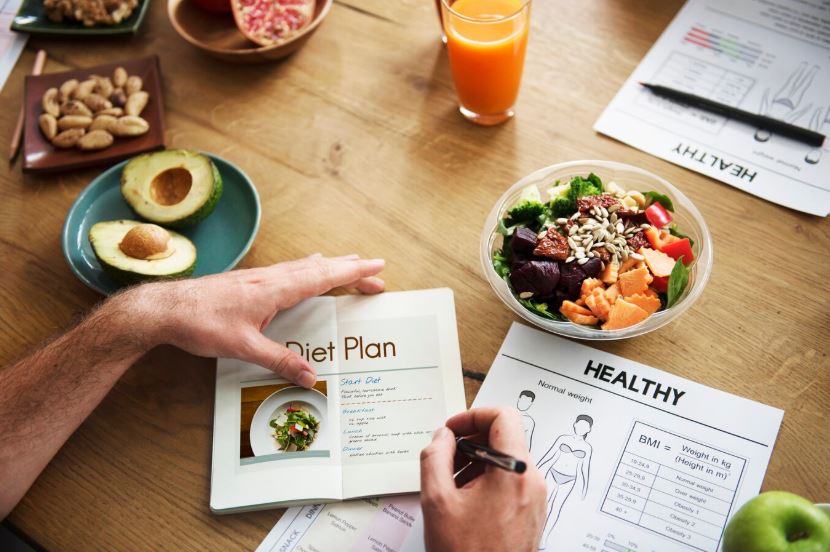Starting a healthy eating routine can feel overwhelming at first, especially with the abundance of information, diets, and advice available. But building a sustainable and nourishing eating habit doesn’t have to be complicated. With a few practical steps and the right mindset, you can create a routine that supports your health, energy, and well-being for the long term.
1. Start with Clear, Realistic Goals
Begin by identifying what you want to achieve. Do you want to have more energy, manage your weight, improve digestion, or simply feel better overall? Set clear, realistic goals—like eating three servings of vegetables a day or cooking dinner at home five nights a week. Avoid drastic changes and focus on gradual improvements.
2. Understand the Basics of Healthy Eating
A balanced diet includes:
- Fruits and vegetables: Aim for a variety of colors and types.
- Whole grains: Brown rice, oats, quinoa, and whole wheat bread offer more fiber and nutrients.
- Lean proteins: Such as beans, tofu, chicken, fish, and eggs.
- Healthy fats: Avocados, nuts, seeds, and olive oil.
- Limited processed foods: Minimize added sugars, sodium, and saturated fats.
3. Plan Ahead
Planning your meals and snacks helps avoid impulsive food choices and ensures you have nutritious options on hand. Try meal prepping on weekends or keeping a weekly meal planner. Stock your pantry and fridge with staples like fresh produce, whole grains, and lean proteins.
4. Start Small
You don’t need to overhaul your diet overnight. Start by making one or two changes—like adding a vegetable to your dinner or switching from soda to water. Once those changes become habit, build on them.
5. Listen to Your Body
Practice mindful eating. Pay attention to hunger and fullness cues, and eat slowly to enjoy your food. Avoid eating out of boredom or stress—if emotional eating is a habit, try alternative coping strategies like walking or journaling.
6. Stay Hydrated
Water is essential for nearly every function in the body. Aim for 6–8 glasses a day, more if you’re active. Sometimes thirst is mistaken for hunger, so staying hydrated can also help with appetite control.
7. Be Flexible, Not Perfect
A healthy routine allows room for enjoyment. You don’t have to give up your favorite treats—just enjoy them in moderation. The key is consistency, not perfection. One indulgent meal won’t ruin your progress, just as one salad won’t make you healthy overnight.
8. Track Progress and Reflect
Keep a food journal or use an app to track your meals and how you feel. This can help you identify patterns and stay motivated. Reflect regularly on what’s working and what needs adjustment.
Final Thoughts
Creating a healthy eating routine is about forming habits that are enjoyable, sustainable, and nourishing—not restrictive or punishing. By taking small, consistent steps and being kind to yourself along the way, you’ll build a routine that supports your long-term health and happiness.

